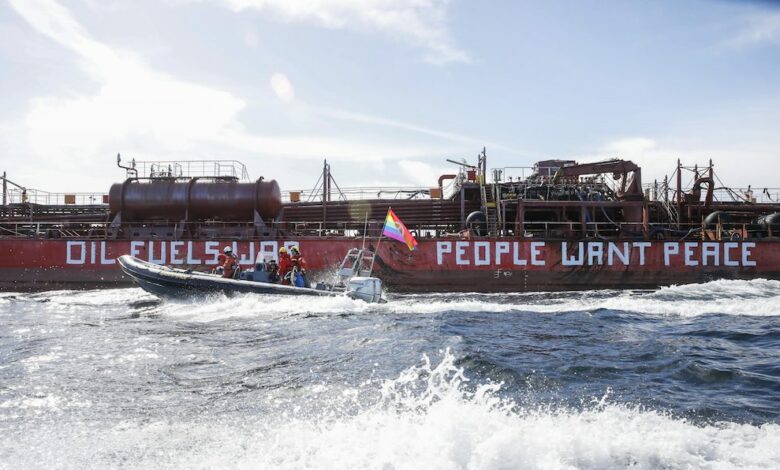
Littoral states along the Baltic are upping their campaign to take action against Russia’s so-called dark fleet of ageing tankers transiting the region.
Finland has called for the European Union to buy a vessel ready to handle oil spills in the northern part of the Baltic.
Finland’s Transport and Communications Ministry said oil spills from older ships with weaker insurance were a real risk, especially come winter when many of the ships Russia uses to haul its exports are poorly equipped and not suited for icy conditions.
The European Maritime Safety Agency (EMSA), which meets in Lisbon this week, currently has 14 oil spill response vessels stationed at ports around the continent. The Finnish ministry said the EU agency should acquire a 15th ship to cover the northern areas of the Baltic Sea, especially the Gulf of Finland.
Moving Russian oil through Europe has come under far greater scrutiny in recent weeks with the bloc widely expected to take further measures against the so-called shadow fleet when further European Union sanctions are unveiled shortly.
Littoral states around the Baltic, led by new NATO member Sweden, have been waging a diplomatic campaign to get other countries to back a greater crackdown on Russia’s shadow fleet passing through the region, concerned about the potential for environmental catastrophe with a number of near disasters reported among the ageing fleet of tankers over the past year.
In the southeast of the continent, the Greek navy has for the past five weeks made ship-to-ship transfers impossible at one of the top European destinations for such activities. Since May 1, citing military exercises, the Greek navy has put out of bounds an area in international waters southeast of the Peloponnese islands, six nautical miles off the coast of Laconia, a patch of water that has seen Russian-linked tankers dot the horizon over the past couple of years.
As a result Russian movers of sanctioned oil have found a new spot in the Mediterranean to carry out ship-to-ship transfers having been turfed out of Greece last month.
Bloomberg reported last week that a slice of coastline off eastern Morocco near the city of Nador has become a new location to transfer Urals oil from smaller ships to larger tankers for onward shipment.
The grey tanker fleet – as tracked by brokers BRS – has grown in size by 17% this year to number 787 units, equivalent to 8.5% of total tanker capacity. With more large ships classed as grey, the amount of tanker tonnage by dwt stands at a “staggering” 93.7m dwt, BRS stated in a recent tanker report, representing 13.7% of total tanker tonnage.
